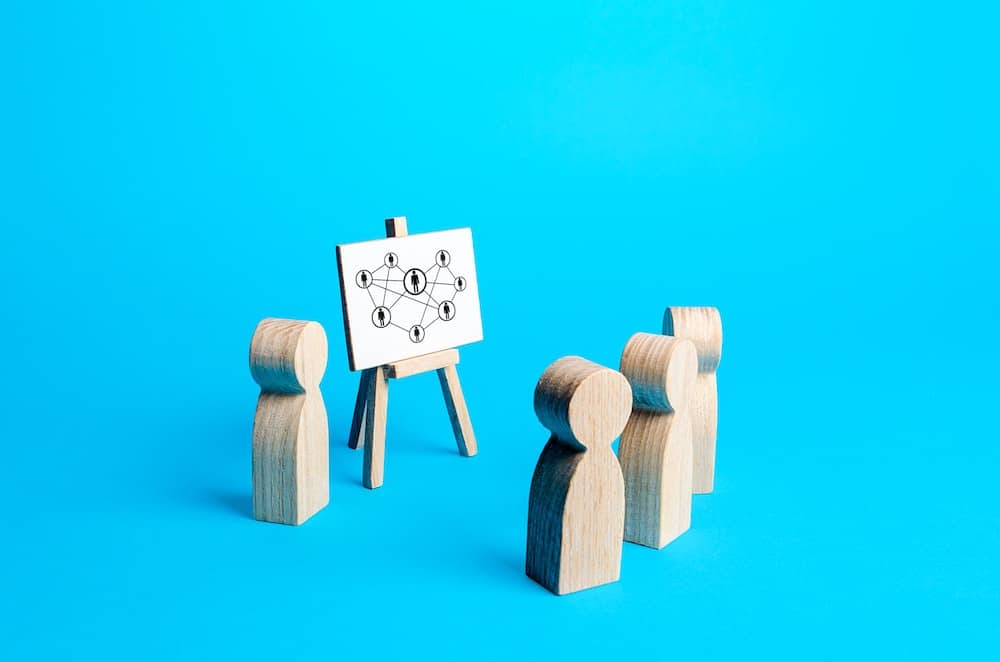Bringing a new baby home is a momentous occasion for any family. This event signifies the start of a new chapter filled with joy, love, and a few sleepless nights. However, if you have a pet dog in the household, things could get a bit tricky. You might be wondering how your furry friend will react to the new family member. The key is to prepare your pet for the new arrival. Training your dog to accept the new baby will ensure a smooth transition and a harmonious family life.
Understanding Your Dog’s Behavior
Before you start with any kind of training, it’s important to understand your dog’s behavior. Dogs are highly sensitive and can sense changes in the household. By understanding your dog’s behavior, you’ll be able to anticipate its reactions and manage its behavior effectively.
Avez-vous vu cela : How to Choose the Perfect Sized Tank for a Beginner’s Planted Freshwater Aquarium?
Dogs are pack animals and they see their human family as their pack. A new baby can disrupt the pack hierarchy and this can cause anxiety in dogs. It’s important to reassure your dog of its place in the pack hierarchy and maintain a stable routine to keep your dog calm during this period of change.
Preparing Your Dog for the New Arrival
Preparation is key when it comes to introducing a new baby to your dog. Start by gradually introducing the changes that will come with the arrival of the baby. You can help your dog adjust by altering its daily routine to match what it will be once the baby arrives.
Sujet a lire : How to Train an Australian Shepherd for Herding While Keeping It as a Family Pet?
One useful tip is to use a doll to simulate the presence of a baby. Carry the doll around, treat it like a baby, and allow your dog to observe these actions. This will help your dog understand that this ‘thing’ is going to be a permanent part of the family.
Another tip is to gradually introduce your dog to baby-related noises. You can find recordings of baby noises online that you can play to your dog. Start with a low volume and gradually increase it over time. This will help your dog get used to the sounds a baby makes and will reduce its surprise when the real baby comes.
Training Your Dog to Be Gentle with the Baby
Once your baby arrives, your dog will be curious and may want to sniff, lick, or even paw at the baby. While curiosity is natural, it’s important to teach your dog how to behave gently around the baby.
Start by setting boundaries for your dog. For instance, make sure it understands that it’s not allowed to jump on the furniture when the baby is present. You can use commands like ‘off’ to teach your dog this behavior.
Positive reinforcement is an effective way to train your dog. Remember to reward your dog with treats and praises when it behaves well around the baby. This will encourage your dog to repeat the good behavior.
Managing Your Dog’s Anxiety
Just like humans, dogs can experience anxiety when faced with big changes. The arrival of a baby is one of the biggest changes a dog can experience. It’s crucial to manage your dog’s anxiety to prevent any potential behavioral problems.
Exercise is a great way to reduce anxiety in dogs. Regular walks or play sessions can help burn off energy and keep your dog calm. You can also use toys or puzzles to keep your dog mentally stimulated.
Remember, it’s not just about the baby. Your dog is still a part of the family and needs your attention too. Make sure to spend quality time with your dog to reassure it of your love.
Establishing a Positive Association Between Your Dog and Baby
Creating a positive association between your dog and the baby is a crucial step in training your dog to accept the new baby. This can be done by associating the baby’s presence with positive things for the dog.
One way to do this is by giving your dog treats or toys whenever the baby is present. This will help your dog associate the baby with good things and will be more accepting of the baby.
In conclusion, training a dog to accept a new baby into the family is a gradual process that requires patience and consistency. But with time, your dog will learn to accept and love the new family member. After all, dogs are man’s best friend and they certainly have a lot of love to share.
Remember, every dog is unique and what works for one might not work for another. Always observe your dog’s behavior and adjust your training methods accordingly. Don’t hesitate to seek professional help if needed. With proper training and love, your dog and baby can grow up to be the best of friends.
Educating Your Dog on the Baby’s Space
It’s crucial to teach your dog about the baby’s designated areas, such as the nursery or playpen. Doing so will help enforce boundaries and ensure the baby’s safety. Start by slowly introducing your dog to the baby’s room. You can do this by allowing your dog to explore the room under your supervision. Use this time to teach your dog that this space belongs to the baby.
While allowing your dog to investigate the baby’s room, pay attention to its body language. If your dog seems anxious or overexcited, it may be best to limit its exposure to the baby’s room until it can enter calmly. Reward your dog for calm behavior in the nursery with treats or praise to reinforce the desired behavior.
It’s also helpful to establish rules about the baby’s belongings. Make sure your dog understands not to chew on or play with the baby’s toys. You can do this by firmly saying "no" and redirecting your dog’s attention to its own toys when it shows interest in the baby’s things.
Integrating Your Dog with Daily Baby Activities
Integrating your dog with the baby’s daily activities will help your dog feel included and reduce feelings of jealousy or neglect. One way to do this is by having your dog present during feeding or changing times. Teach your dog to sit calmly in a designated spot during these activities. Reward your dog for being gentle and calm with praises and treats to reinforce positive behavior.
Taking your dog for a walk with the baby in a stroller is another good way to integrate your dog into the baby’s daily routine. This not only helps your dog burn off energy but also strengthens the association between the baby’s presence and enjoyable activities. Over time, these shared experiences will help your dog develop a positive relationship with the baby.
Conclusion: Patience, Consistency, Love: the Key to a Harmonious Baby-Dog Relationship
Training a dog to accept a new baby into the family doesn’t happen overnight. It’s a process that requires patience, consistency, and a lot of love. By being proactive and preparing your dog for the new arrival, you’re setting the stage for a successful introduction.
Understanding your dog’s behavior, establishing boundaries, managing anxiety, creating positive associations, and integrating your dog into the baby’s daily activities are key steps in this process. Remember that every dog is different. What works for one dog may not work for another, and that’s okay.
Watch your dog’s body language and adjust your strategies as needed. Don’t hesitate to seek professional help if you’re struggling to manage your dog’s behavior. With time, consistency, and a little bit of training, your dog and baby can develop a bond that lasts a lifetime.
Remember, the aim is to maintain a balanced and happy household where both the baby and the dog feel loved and included. Over time, the bond that forms between your child and dog will be a beautiful and rewarding aspect of your family life.





